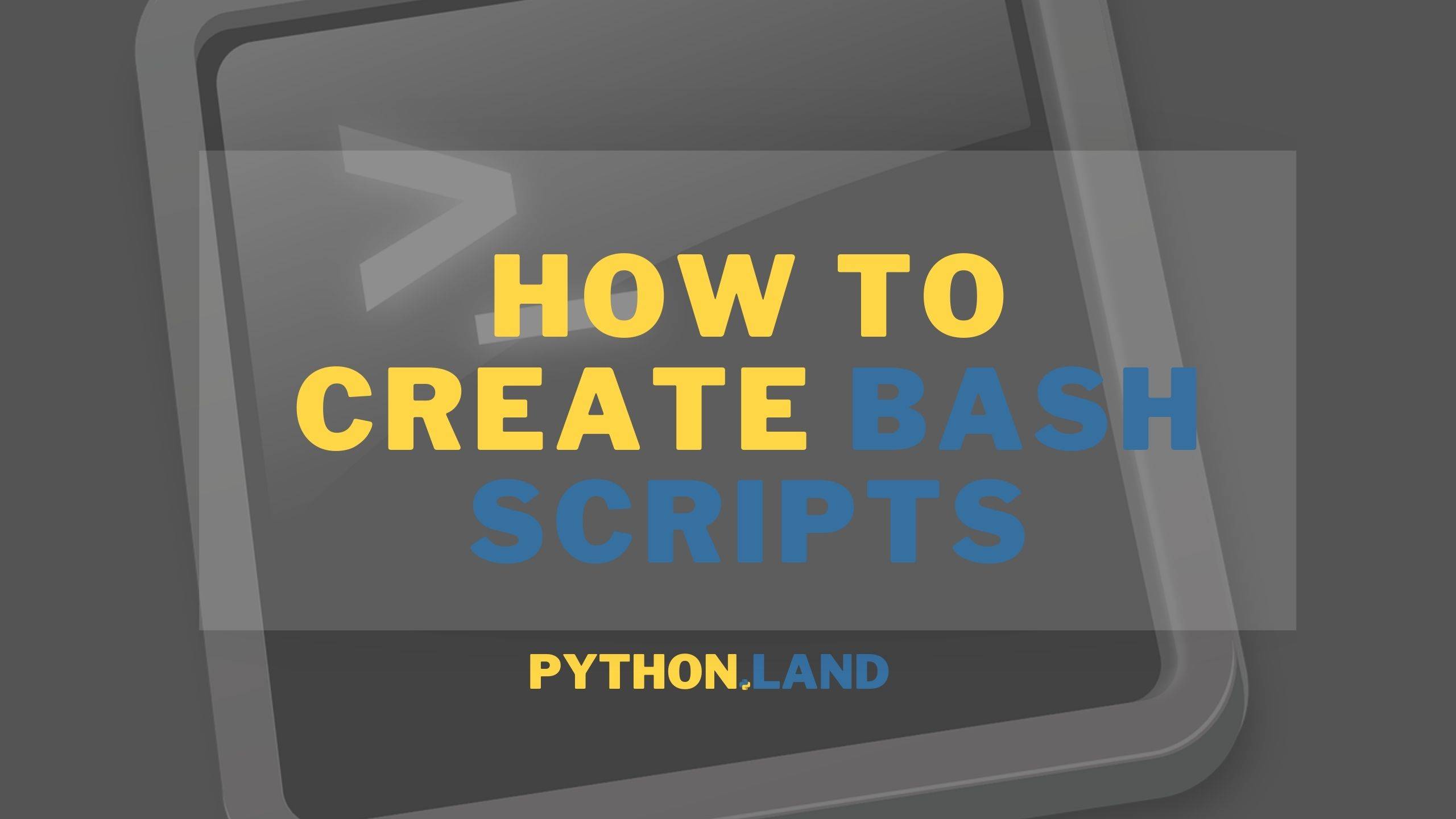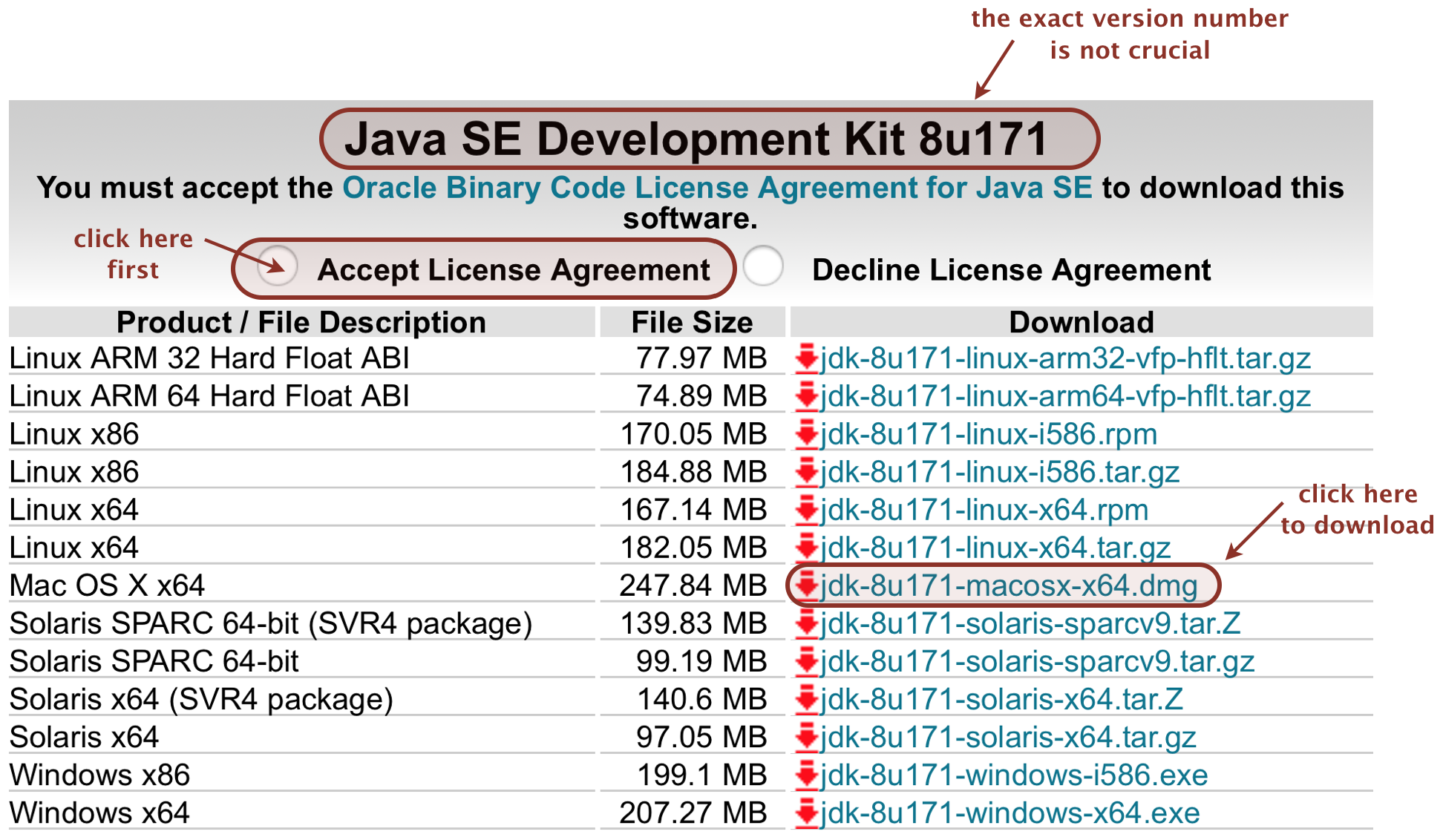

png file using the for loop: for file in *.jpeg doĬongratulations! You have successfully learned the Bash For Loop with examples. Using the for loop, one can change the file extension of all files in the current directory. Then, run the below script: bash forloop1.sh Users must note that the ‘*’ is used to read files in the ‘for loop.’ The functioning of the loop is the simple manner by reading each file or folder through the step of the directory and prints with the output in the terminal with the ‘tab’ space: printf "Pinting the files and folders of the current Directory.\n\n" First, create a file name and execute the following script. Programmers can use the for loop statement to read and print the list of files and folders of the current directory. Then run the following script: bash forloop1.sh

Then ensure that the script will print each word: #!/bin/bash We will use the for loop to divide the predefined text based on white space. In the example, we will take the input value of a text that has multiple words that will be taken after executing the script. Also, define the directory or use the wildcard character for your current directory, after which you will introduce a semicolon ( ). Here is an example of how you can use them for a loop. In order to use Bash to loop through files, first create a variable f, then specify the data set it will go through. Meanwhile, as aforementioned, the ‘for-in’ loop will take the following form: It is a conditional statement that allows a test before performing another statement. The if statement allows you to specify courses of action to be taken in a shell script, depending on the success or failure of some command. There are 2 ways to use the For Loop in bash, one is in the ‘ c-style syntax,’ and the other is ‘ for-in.’ The syntax for the c-style for loops is as follows: for ((INITIALIZATION TEST STEP)) Bash if loop examples (if then fi, if then elif fi, if then else fi) by admin. It works if I break it by deleting Google Chrome from Applications. For example, let us use the continue statement to iterate through a range of number, and when it reaches a specific number, which in this case will be ‘6’, the continue statement will exit the iteration and go back to the beginning of the loop to begin the next iteration: for i in do Trying to do a loop with this script below.

The continue statement exits the current iteration of a loop and passes program control to the next iteration of the loop. Programmers can even use the break statement when they want to stop the for-loop before planned: for element in Gold Silver Diamond Platinum do To use the break statement, users have to specify a particular condition when met will break the loop.
#Mac bash for loop how to
In this Bash Tutorial, we learned how to find the factorial of a number using Bash Scripting.The break and continue statements can be used to control the for loop execution. In the following bash script, we use for loop to calculate the factorial of given number. If we do not use this temporary variable and use the num variable, we might not have the track of given number.Īfter the control comes out of while loop, we have the result in factorial variable.ġ20 Calculate Factorial using Bash For Loop Num stores the number whose factorial is to be calculated.įactorial variable stores the result of factorial.Ĭounter is a temporary variable to store the given number and gets decremented in the while loop. In this example, we will take a while loop and iterate it given number of times, while we consolidate the factorial in a variable.


 0 kommentar(er)
0 kommentar(er)
